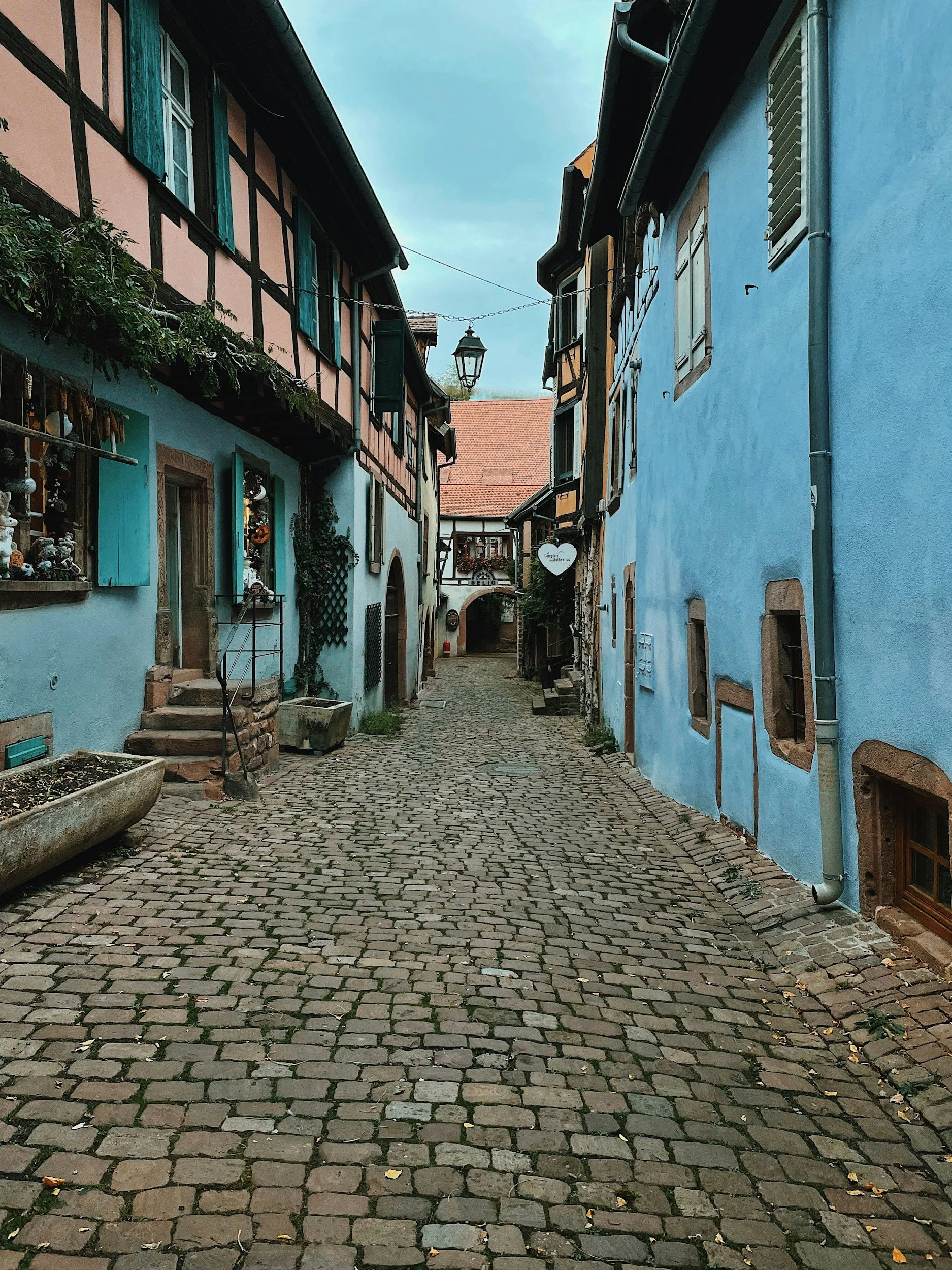Townsizing: the Latest Travel Trend
Have you ever come home from a trip to a big city feeling more drained than delighted? Between the crowds, the noise, and the fast pace, it's easy to feel overwhelmed. That’s why more and more solo travelers—especially women over 50—are embracing a new travel trend called townsizing.
Townsizing means choosing smaller towns over big cities. These charming destinations offer rich culture, great food, and beautiful scenery—without the chaos of a major metropolis. And for solo travelers, townsizing brings added benefits: it often feels safer, more affordable, and more personal.
Why Townsizing Works for Solo Travelers Over 50
There’s something magical about slowing down and truly soaking in a place—and that’s what townsizing is all about. Here’s why it might be the perfect fit for your next European adventure:
A Slower Pace
Smaller towns give you space to breathe. You’re not racing to squeeze in every must-see attraction—you’re sipping coffee in a sunny square, wandering quiet streets, and discovering hidden corners at your own rhythm.Fewer Crowds
Say goodbye to tour group bottlenecks and long museum lines. In a smaller town, you often have space to enjoy the experience without feeling rushed or overwhelmed.Friendlier Vibe
Locals in small towns tend to be more relaxed and open to conversation. That can make solo travel feel less… well, solo. Whether it’s a chatty shop owner or a welcoming Airbnb host, it’s easier to connect.Lower Prices
Your travel budget stretches further in small towns. Hotels, meals, and entry fees are often significantly cheaper than in major cities.
Easy to Navigate
You won’t need a metro map or complicated transport apps. Most small towns are walkable, and you can often explore them entirely on foot.
Charming European Towns to Try Instead of Big Cities
Townsizing doesn’t mean missing out—it means seeing Europe in a new way. Here are some wonderful options by region:
Spain
Toledo (instead of Madrid): A hilltop city with a rich mix of Christian, Jewish, and Muslim history, known for its medieval architecture, winding stone streets, and panoramic views of the Tagus River. See my blog post on my recent trip to Toledo.
Sitges (instead of Barcelona): A beach town with a thriving arts scene, walkable streets, and a welcoming vibe.
Cuenca (instead of Valencia): Known for its dramatic cliffs and “hanging houses,” Cuenca offers a stunning setting without the bustle.
France
Annecy (instead of Geneva or Lyon): A lakeside town in the Alps, with pastel buildings, winding canals, and breathtaking views.
Colmar (instead of Strasbourg): With its timber-framed houses and flower-lined streets, Colmar looks like something out of a storybook.
Uzès (instead of Nîmes): A quiet market town with Roman roots, perfect for a slow morning and a glass of rosé in the afternoon.
Italy
Orvieto (instead of Rome): This hilltop gem offers Etruscan history, a stunning cathedral, and sweeping countryside views.
Lecce (instead of Florence): Called the “Florence of the South,” Lecce blends ornate Baroque architecture with a laid-back atmosphere.
Lucca (instead of Pisa): Walk or bike the historic city walls, then enjoy a leisurely lunch under the shade of ancient trees.
Portugal
Évora (instead of Lisbon): A UNESCO-listed town in the Alentejo region, with Roman ruins, cork trees, and golden light.
Cascais (instead of Porto): A coastal escape just outside Lisbon with elegant charm and ocean breezes.
Tavira (instead of Faro): A lesser-known Algarve town that mixes Moorish architecture with a tranquil pace.
Central & Eastern Europe
Český Krumlov, Czech Republic (instead of Prague): With a riverside castle and cobbled lanes, this town is pure fairytale.
Ptuj, Slovenia (instead of Ljubljana): Slovenia’s oldest town, known for its thermal spas, vineyards, and castle views.
Szentendre, Hungary (instead of Budapest): A colorful artists’ town on the Danube, full of galleries, museums, and sweet little cafés.
Tips for Townsizing Your Next Trip
If you’re ready to try townsizing, here are a few ways to get started:
Stay longer in one place. Let yourself settle in. You’ll experience more by doing less.
Use a city as a base—but stay nearby. For example, stay in Lucca instead of Florence and take a day trip into Florence if you want a museum fix.
Travel off-season. Towns are especially peaceful in spring and fall—ideal for solo exploration.
Say yes to local tours. A food tour or craft class is a great way to connect with locals and fellow travelers.
Final Thoughts: Small Towns, Big Joy
Townsizing isn’t about skipping the highlights—it’s about creating your own. These smaller towns offer the beauty, culture, and connection that many solo travelers are truly craving.
So next time you’re planning a trip to Europe, think beyond the usual capitals. You might just find that your most memorable moments happen not in the shadow of a famous landmark, but on a quiet bench in a little square, watching everyday life unfold.



